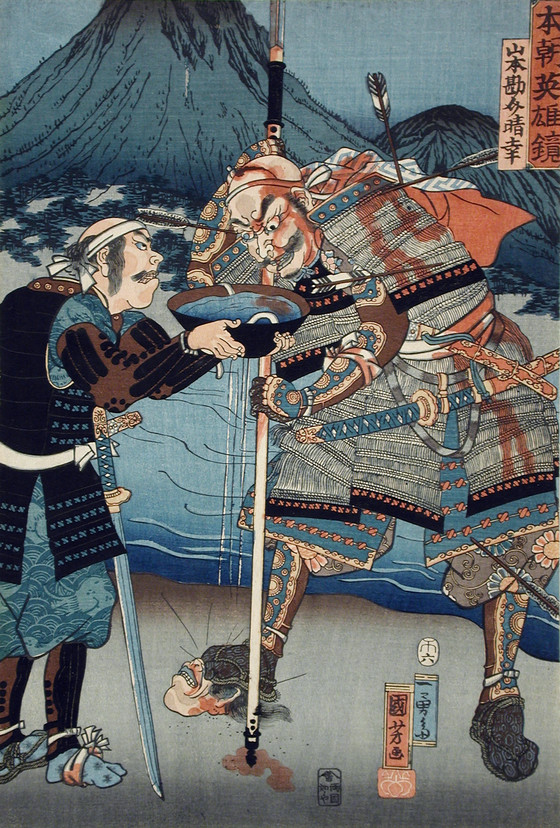Yamamoto Kansuke Haruyuki

Please log in to add this item to your gallery.
View comments
No comments have been posted yet.
Add a comment
Please log in to add comments.
Please log in to add tags.
* Nearly 20,000 images of artworks the museum believes to be in the public domain are available to download on this site.
Other images may be protected by copyright and other intellectual property rights.
By using any of these images you agree to LACMA's Terms of Use.
Yamamoto Kansuke Haruyuki
Alternate Title: 山本勘助晴幸
Series: Mirror of Heroes of Our Country
Japan, 1858, 6th monthPrints; woodblocks
Color woodblock print
Image: 13 1/2 × 8 3/16 in. (34.29 × 20.8 cm)
Sheet: 13 1/2 × 8 3/16 in. (34.29 × 20.8 cm)
Gift of Chuck Bowdlear, Ph.D., and John Borozan, M.A. (M.2000.105.99)
Not currently on public view


